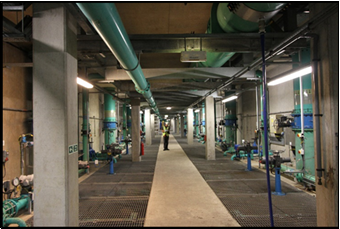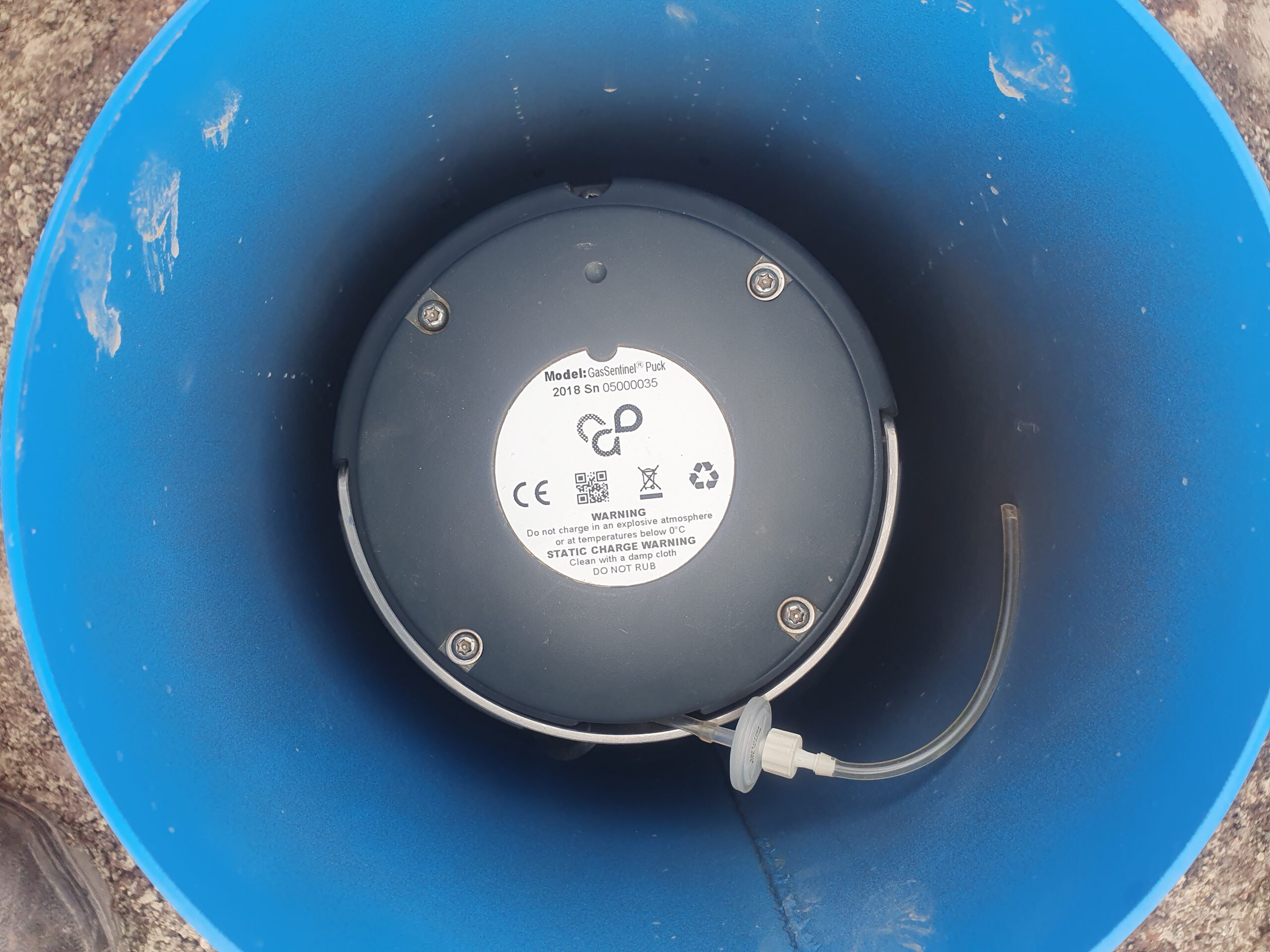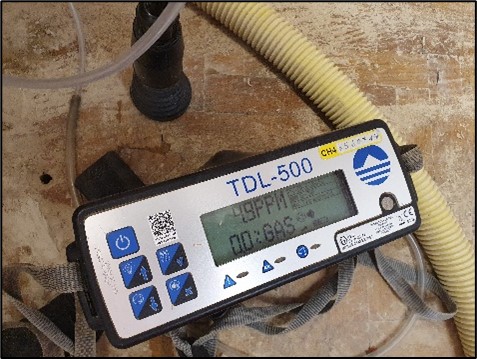GGS provided the following services:
- Continuous ground gas monitoring
- Development of a detailed CSM
- Internal gas monitoring of onsite infrastructure and buildings
- Gas Management Plan development
- Technical and non-technical liaison with client & stakeholders
Background
The wastewater treatment works was opened in the late 1800s and has been subject to considerable change and development in the subsequent 125 years. These changes, and continued site development and modernisation, have affected the ground gas regime and the pathways for gas migration across the entire site. The objective was to complete conceptual ground modelling and risk assessment to identify all pollutant linkages to operational buildings and the potential liabilities beyond the site boundary. A Ground Gas Management Plan was produced to provide an effective plan to manage the risk from ground gases, including migration events that could lead to an adverse impact occurring on or off site
Gas Management Plan (GMP) and detailed monitoring programme
GGS developed a detailed 3D conceptual site model (CSM of the site which identified several ground gas pollutant linkages, leading to an ongoing program of boundary and receptor monitoring to manage the risk. A gradual or step change to the boundary gas regime, indicating a possible off-site gas migration event, is demonstrated by an exceedance to a statistically robust response level at each boundary monitoring installation. The GMP used a red, amber, green (RAG) traffic light system at each boundary segment to trigger a series of escalating protocols to manage potentially adverse gas migration events.
The receptor monitoring programme was set out to manage the potential risk from ground gases at each operational building. A traffic light system, specific to each building, is used with response levels set to warn of any potentially harmful exposure to hazardous ground gases. The receptor monitoring programme includes a combination of continuous internal gas monitoring, passive and active sampling, daily or weekly visits to undertake high resolution ‘gas sweep’ surveys and frequent communication and reporting to confirm safe ambient air, or that a hazard to staff, visitors, buildings or assets is present. The level of monitoring is commensurate to the building RAG rating and any pollutant linkages present.
Response levels and intervention procedures are set in five stages, where stage one denoted safe ambient levels through to stage five and immediate building evacuation and remedial action.
During the implementation of the GMP, boundary and building response levels have been exceeded on occasion, including a stage five incident and immediate remedial intervention following building evacuation.




